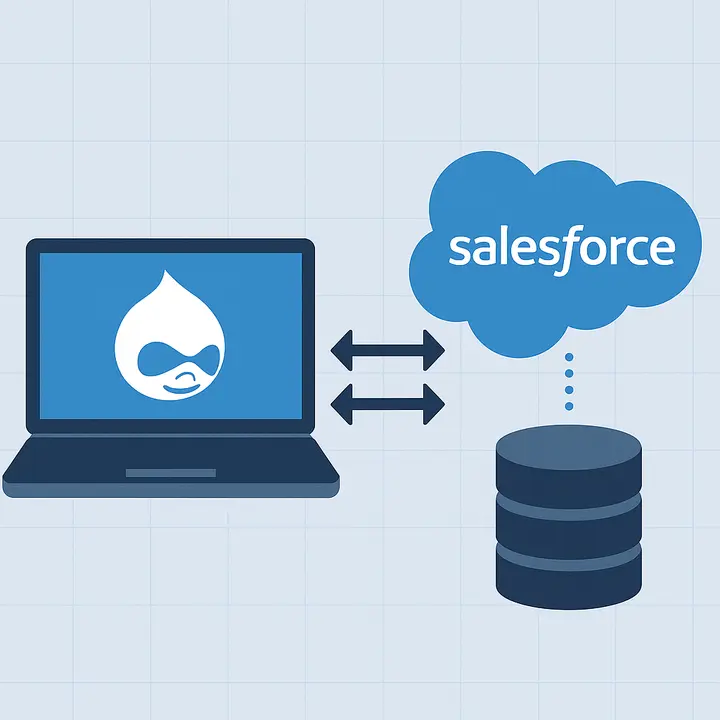Time and material offers the global talent advantage
Another key advantage? Time and material models are not bound by geography. Utilizing the time and material approach, you gain access to a worldwide resource of quality developers, most of whom are as proficient as their western contemporaries, only charging a fraction of what it costs you to hire them. Top-tier tech talent from Eastern Europe, Latin America, Asia is blasting results out of the water. Technology by its nature is universal, and so there is no reason to think that a developer from Poland, Ukraine, or India is any less able than one from San Francisco or Berlin.
More importantly, with remote teams, you don’t have to deal with hiring headaches. No long recruitment cycles, no onboarding chaos, no office politics. Just plug in the talent, get the work done, and move forward.
Agility & scalability with time and material model
Growth is unpredictable. Sometimes you need a small team; other times, you need a full-fledged army of developers. With in-house hiring, scaling up or down is a logistical nightmare—hiring, firing, legal constraints, and the dreaded paperwork. The time and material model, on the other hand, lets you expand or shrink your team on demand. More developers when deadlines are tight, fewer when things are steady. No drama, just adaptability.
Let’s not forget project pivots. Ever been halfway through development only to realize you need a completely different approach? With full-time employees, you’re stuck figuring out how to utilize their skills, even if they no longer fit your needs. With the time and material model, you switch gears easily—bring in new specialists as needed, without worrying about long-term employment commitments.
The transparency of time & material
One common fear about hiring remote developers is losing control. But the truth is, with modern project management tools—Slack, Jira, Trello, GitHub—you get complete visibility. Every task is tracked, every hour accounted for, and every deliverable monitored. You see the progress, adjust priorities, and ensure efficiency without micromanaging. The time and material model thrives on transparency, ensuring that your budget is spent wisely.
Time & material model: A smarter way to build software
If you are stuck between hiring an in-house developer in Europe or USA or if you are still thinking to go with the time and material model, questions you need to ask yourself — do you want to pay for result or do you want to pay for an over-head?
In-house teams have their pros and their cons at a certain level but don’t always make sense when taking into account costs and limitations of traditional in-house services for more dynamic, and fast-moving projects. Flexible, economical, and enabling access to world-class talent without the financial and administrative burden of full-time employees.
At the end of the day, it is about working smarter, not harder. So when it concerns web development, the right move should be clear.





